The journey to a product involves...
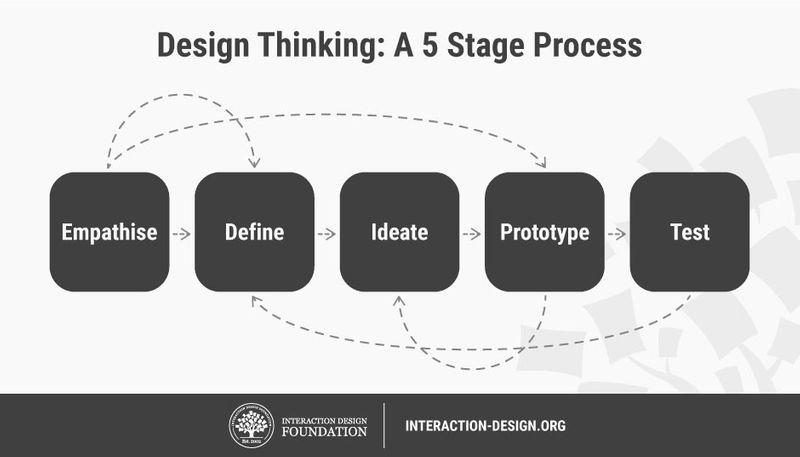 Author/Copyright holder: Teo Yu Siang and Interaction Design Foundation.
Author/Copyright holder: Teo Yu Siang and Interaction Design Foundation.
Let's focus on Prototyping. A prototype is:
A simplified model of a proposed solution
Made cheaply and quickly
Used to test ideas
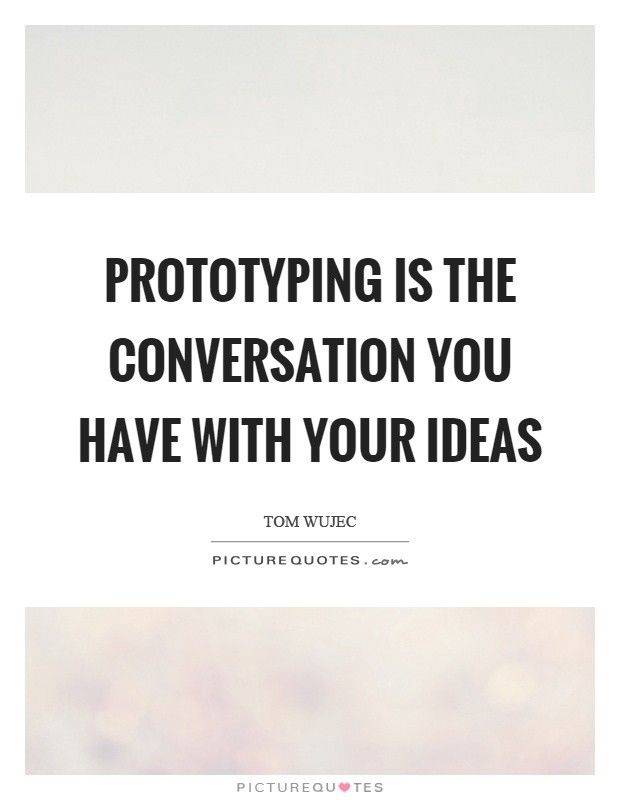
Why Prototype?
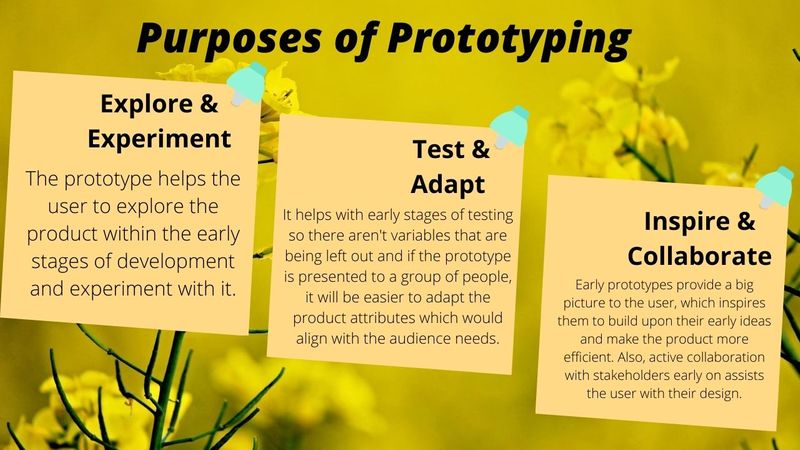
Ok, prototyping helps us develop the model deeper, but does it affect our budget?
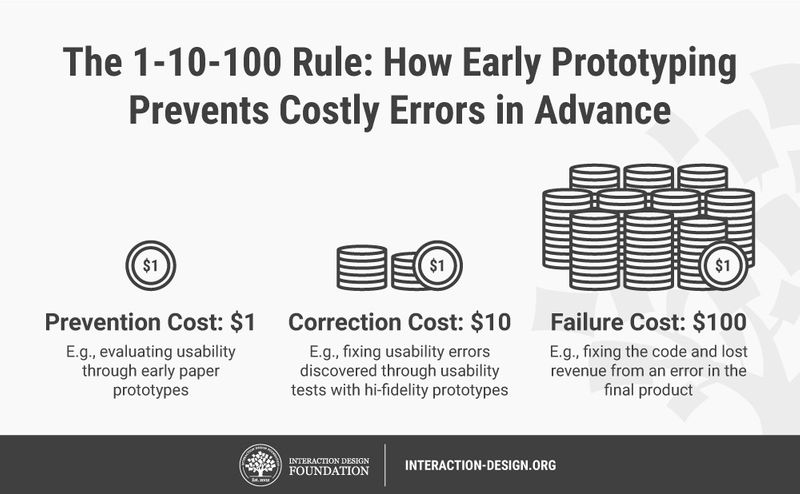
Prototyping helps reduce errors. This helps us avoid expensive mistakes late in the development process.
Quiz
What is the purpose of prototyping?
Prototype Fidelity
Prototypes can be either high or low fidelity. This depends on how close to the final product they are.
Low Fidelity Prototypes
These are easier to create because they are cheap and fast.
They have a low level of functionality.
These are made early in the development process.
Example: Paper Prototypes.

Quiz
What is the advantage of a high fidelity prototype?
High Fidelity Prototypes
These are more complex, and closer to the final product.
They incorporate a high level of functionality.
These help collect accurate user feedback.
Example: Digital Prototypes made in Figma, Sketch and Adobe XD and Axure.
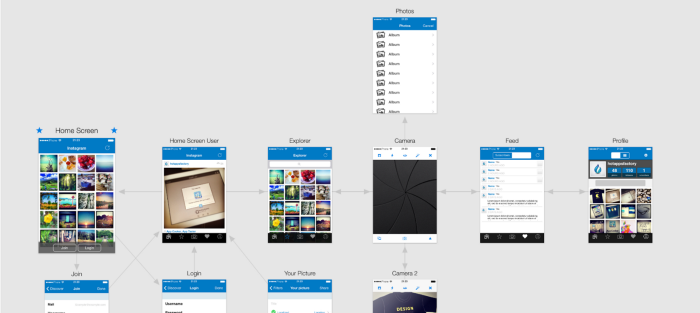
Quiz
Avi is designing an app. Which of these is a high fidelity prototype he could make?
Next Steps
Identify some prototype samples you have created throughout your life.
Incorporate what you have learnt so far in the upcoming prototype you may create.
Share what you have learnt in this byte with others!
Take Action
Reflect.
What's a prototype you have created? Was it low or high fidelity?
 Photo by Alvaro Reyes on Unsplash
Photo by Alvaro Reyes on UnsplashYour feedback matters to us.
This Byte helped me better understand the topic.
